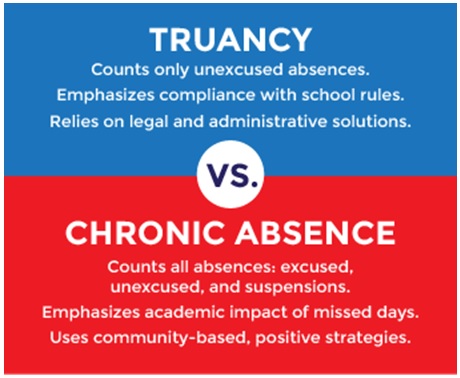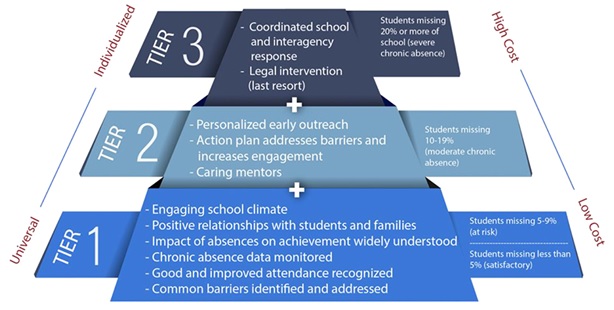Student Absenteeism Teacher's Role In Identifying And Tackling Irregularity
10th February 2023
Research reveals that students who miss more than 10% of their school days are at risk of falling behind in their academics.
This is also one of the main reasons why students miss out on critical developmental milestones in their elementary schools. Moreover, missed school days can also have a huge impact on the child's learning and overall health. Since children will be children and making excuses for not going to school is a part of growing up, you as a teacher must employ every possible measure to prevent this from happening.
What is Absenteeism?
Student absenteeism is one of the common factors that refer to unscheduled absences from school for various reasons. In the long run, the habit is considered to be harmful and it not only impacts the performances of the learners but also instills a laid-back attitude.
While missing school hurts students from all demographics and socio-economic backgrounds, it can have a substantial impact on those who are low-performing or English-learner students. School irregularity also reduces students' self-efficacy, social engagement, and eagerness to learn.
Types Of Absenteeism
While absenteeism has always been an issue, the pandemic has somehow accelerated the situation. Having a taste of the virtual learning environment and then coming back to school have increased physical and mental health concerns.

Source: portal.ct.gov
To understand better absenteeism has been classified into two main types:
1. Chronic Absenteeism
This means missing school too much regardless of the reason excused and unexcused. It is often defined as missing 10% or 18 to 20 days in an entire academic year. It is one of the primary causes of poor academic achievement and leads to health disparities as well.
2. Truancy
This refers to intentional, unauthorized, or unjustified absence from school and it is considered to be done deliberately by the students. However, the number of unexcused absences to consider a student truant differs from state to state. Schools often handle truancy with parent-teacher conferences, warning letters, etc.
Measures to Tackle Student Absenteeism
As a teacher, the measures preventing absenteeism are not hard. As all you need to do is make students engaged in the school community and build friendships to foster interest in pursuing their future careers.

Source: www.frontiersin.org
Here are three simple tips that can undoubtedly increase student attendance in school:
- Communication
The first step in ensuring that your students are not irregular is by communicating the school’s objectives and student’s expectations. Share the reasons efficiently and effectively to ensure that your students diligently follow school policies. Treating students as responsible young adults results in them behaving maturely and reliably.
Furthermore, you also need to communicate the objectives to the families so that they realize the importance of their kids attending school consistently. Additionally, have data on school absenteeism and reach out to regular defaulters to have discussions with them and identify the root cause. Once you have the reason, it will be easier to arrive at a solution.
- Classroom Atmosphere
Most students do not want to attend school as they don't feel welcome or valued and do not find the need to learn. Since schools are the second home for the kids, it is essential to create a warm and safe space for the kids. Ensure that you are sensitized toward students' problems and that they can reach out to you at any point in time.
Create a positive environment for the lessons engaging and learning fun. Plan a fun activity to break the monotony and do not be afraid to experiment with new teaching methods for them to learn and grow.
- Extracurricular
Extracurriculars are an essential part of the student curriculum and are necessary for the development of a child. Moreover, they act as stress-busters and are fun and every student can find that one thing they are good at.
A good way of tackling absenteeism is by introducing a wide range of extracurricular activities and setting a designated time for them every day. Students might not come to school regularly to learn the subjects, but they will most likely come to participate and enjoy their favorite activity. A stressful and willing approach to learning will definitely bring positive results on the academic front.
Bring Them Back to School
Educating students who are not present at school every day is challenging for both teachers and parents. Thus, emphasis on the student-teacher relationship builds a positive environment and fosters better learning. To understand student psychology and ensure that they attend school every day, consider pursuing Post Graduate Diploma in Counselling for Teachers. In addition to teachers, parents must also understand the issues related to child absenteeism and work actively with the school to ensure the learners are consistent and they are involved in their child's school life.
Written By : Sanjana